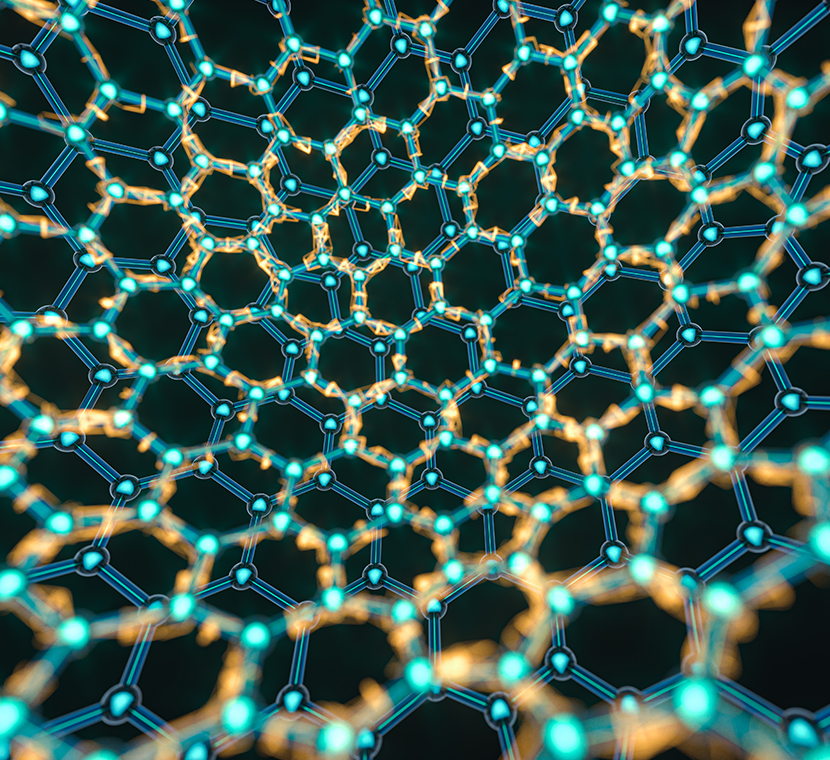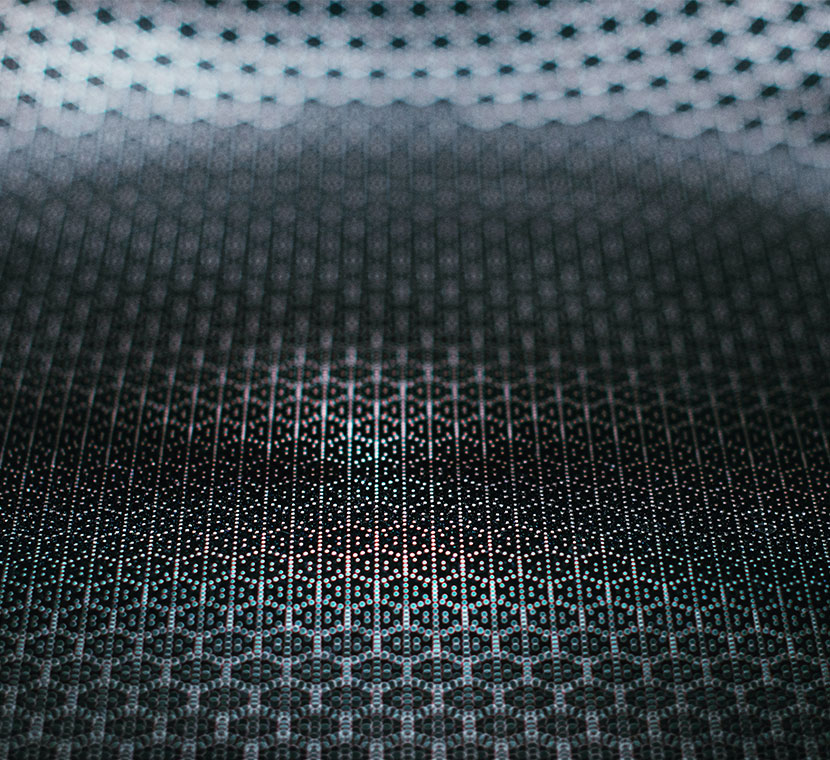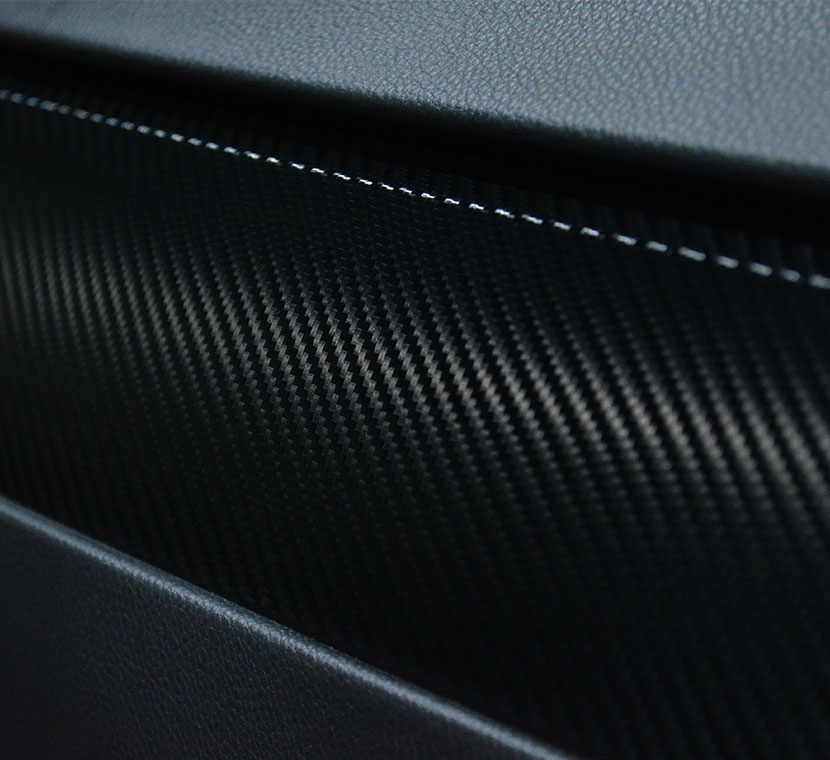Advanced Material Technologies

Advanced Material Technologies
PROFEN conducts its R&D activities in the following areas to develop intelligent composite structures and obtain the original structural and electromagnetic properties required by it in the products it develops within the scope of satellite communications and radar technologies:
- RADOM structures
- Bendable, foldable antenna structures
- Real-time damage detection
- Radar absorbent structures
- Frequency selective surfaces and integrated lenses
Advanced Material Competence Fields
- Composite sub-component modelling activities in satellite communication systems of different platforms
- Modelling of subsonic environment components and analyzing environmental conditions (wind pressure, temperature change, hit by hail and birds, etc.)
- Modeling of land antenna system components (reflector, RADOM, etc.) and analyzing environmental conditions (wind pressure, temperature change, rain erosion, snow and ice load, etc.)
- Corrosion resistance modelling of above and below sea level composite components
- Modelling and simulation activities of composite materials of different scales
- Modelling and analysis at representative volume element (RVE) scale for the estimation of hardness and strength of laminates


- Unit cell modeling and analysis in mesoscale to calculate the effect of mesh type and density on strength
- Modelling and analysis of the prototype-scale (macro) system and its components to show resistance to environmental conditions
- Lifetime, damage tolerance and damage resistance calculation activities of composite materials against dynamic operating conditions
- Modelling and analysis of inter-layer and intra-layer damage types
- Verification of structural design and analysis with experimental tests
- Impact (LVI, BVID) and post-impact damage estimation studies of sandwich composite materials
- Calculation of nonlinear material behavior
- Imaging and inspection methods (optical 3D deformation, acoustic emission, on-site CT, etc.)
- Developing custom matrix systems by making nano/micro reinforcements to thermoplastic and thermoset composite material systems.
